[아츠앤컬쳐] 크로아티아는 동으로 보스니아-헤르체고비나와 세르비아, 서로 슬로베니아, 북으로 헝가리, 남으로 몬테네그로와 국경을 접하며, 이탈리아에서는 아드리아해를 가로질러 지척에 있다. 크로아티아 내에서 아드리아해와 벨레빗산맥 사이의 지역은 올리브오일과 와인을 생산하기에 완벽한 기후조건을 가진다.

와인은 크로아티아에서 무려 2,500년이 넘는 역사가 있다. 오늘날의 달마티아 즉, 크로아티아의 해안과 섬에 기원전 6~7세기 일리아인이 정착한 이후, 이 지역은 줄곧 포도밭이었다. 하지만, 크로아티아의 진정한 포도 재배의 기원은 기원전 5세기로, 크로아티아 해안에 도착한 고대그리스인들이 달마티아의 섬 비스, 흐바르, 코르츌라에서 와인을 생산하기 시작하면서부터다.

오늘날 흐바르섬에는 기원전 400년 이래로 세계에서 가장 오래된 포도밭인 스타리 그라드 평원이 있다. 당시 로마제국 하에서 달마티아 지방의 와인 생산은 더욱 성장하며 조직화되었다. 역사가들에 의하면, 7~9세기 사이에 남부 슬라브 민족이 달마티아에 정착하였고, 그들은 로마인들로부터 포도재배법을 물려받아 와인 생산을 계속 확장시켰다.
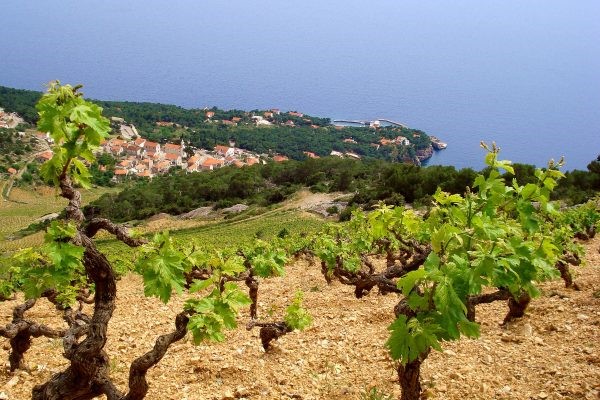
역사적 관점을 잠시 미루고 크로아티아 와인으로의 여정을 다시 이어본다. 크로아티아에는 300개 이상의 와인 생산 지역이 있지만, 크로아티아 동부와 크로아티아 고지대, 아드리아해를 따라 수천 개가 넘는 섬과 섬이 산재해 있는 이스트리아와 크바르네르, 달마티아 등의 네 지역이 주목할 만하다.

먼저, 달마티아 남부에 위치한 흐바르섬에서 크로아티아산(産) 와인의 대부분인 화이트와인이 나온다. 이곳에서 Maraština, Trbljan bijeli, Bogdanuša 포도로 만든 풍부한 녹황색과 황금색이 돋는 신선한 맛의 화이트 드라이 와인 Kaštelet bijeli가 생산된다. 또한, 화이트와인 Bogdanuša는 기원전 4세기에 그리스인이 흐바르섬으로 가져온 것으로 추측한다. 이것의 이름은 “신이 주신”이라는 뜻인데, 이것은 고대부터 종교 축제 기간 동안에 이 포도주를 마셔왔기 때문이다.
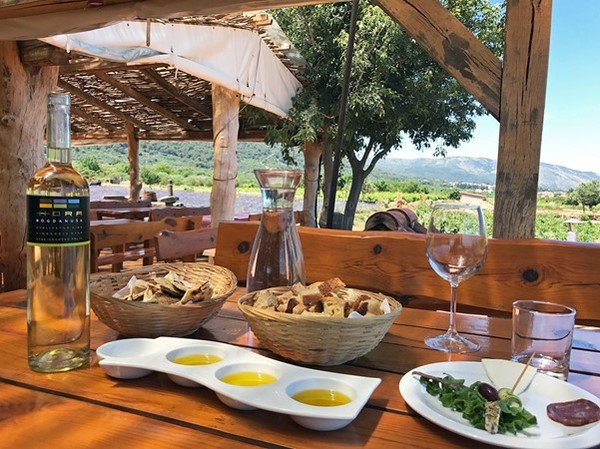
Kaštelet bijeli, Bogdanuša 와인은 10℃ 내외로 차갑게 하여, 흐바르 해산물, 생선구이 등과 함께 제공하는데, 소금에 절인 멸치, 구운 고기, 리조또, 염소치즈와도 잘 어울린다.
다음 호에서 이 아름다운 나라 크로아티아의 화이트와인을 좀더 살펴본 후에 마찬가지로 유명한 레드와인을 살펴볼 예정이다.
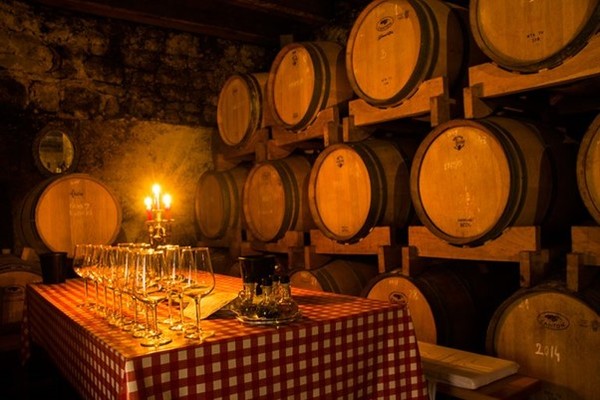
Croatia: History and white wines from the island of Hvar
Bordered by Bosnia-Herzegovina and Serbia in the east, Slovenia in the west, Hungary in the north and Montenegro in the south, Croatia is located just at a stone’s throw from Italy across the Adriatic Sea. Between the Adriatic sea and the Velebit mountain ranges of the Sea, Croatia has a perfect climate for making olive oil and wine.

Wine has been producing in Croatia for more than 2,500 years. Croatian coastal wine regions and islands have been home to vineyards since the Illyrians, an Indo-European speaking people who settled in the today’s Dalmatia between the VII and the VI century BCE, probably first planted grapevines.
The true beginning of viticulture in Croatia, however, is related to the ancient Greeks who arrived in the Croatian coast during the V century BC. The Greeks therefore started making wine in the Dalmatian islands of Vis, Hvar and Korčula.
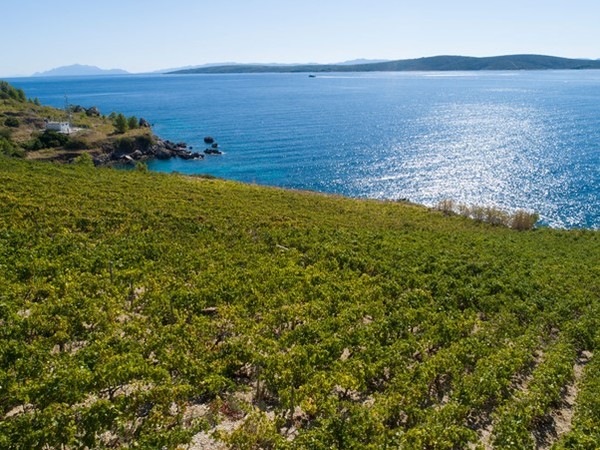
Nowadays the island of Hvar is home of the world’s oldest continually cultivated vineyard, Stari Grad Plain, where grapes have been grown since 400 BC.
Under the Roman Empire wine production grew in the then Roman province of Dalmatia, becoming more organized.

According to historians, between the VII and IX century CE, the Croats, a south Slavic people have settled in Dalmatia. They inherited viticulture knowledge from the Romans and so wine production continued to expand.
But it is time now to leave the historical account, we will resume it later, to begin the journey into Croatian wines.
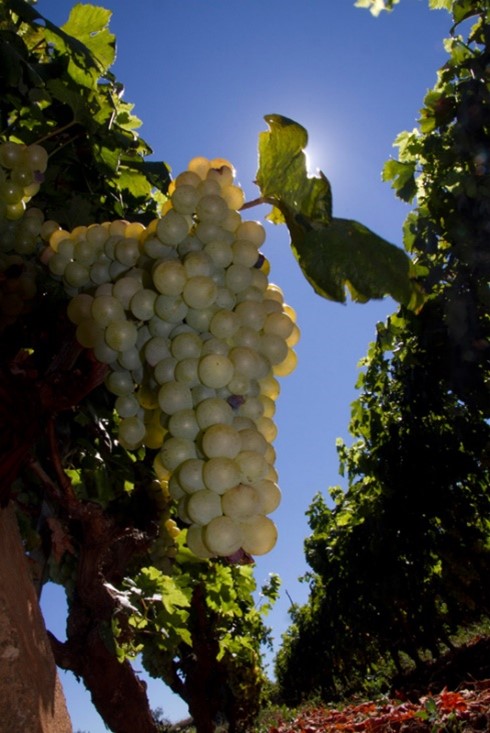
We have to say that although there are more than three hundred wine-producing areas in Croatia, four wine regions are noteworthy: Eastern Continental Croatia, Croatian Highlands, Istria and Kvarner and Dalmatia with over a thousand of islands and islets scattered along the Adriatic Sea.
We will start by knowing the white wines which are the most of all wine produced in Croatia, by visiting the island of Hvar, located in southern Dalmatia.
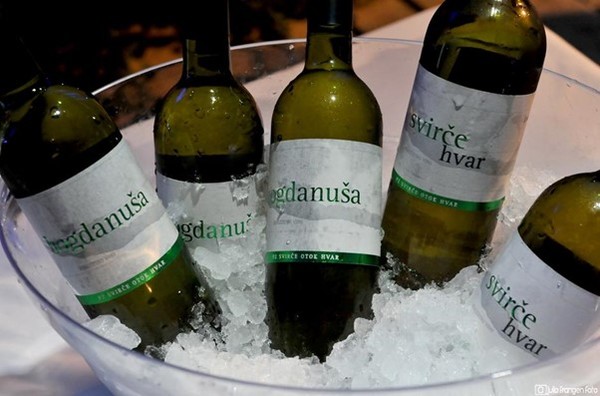
Here we find Kaštelet bijeli, a white dry wine with a rich greenishyellow to golden color and a fresh taste, made with Maraština, Trbljan bijeli and Bogdanuša grapes.
There is also a white wine named Bogdanuša. It was probably brought to the island of Hvar by the Greeks in the IV century BC. Its name means “given by God”, as this wine was anciently drunk during religious festivals.
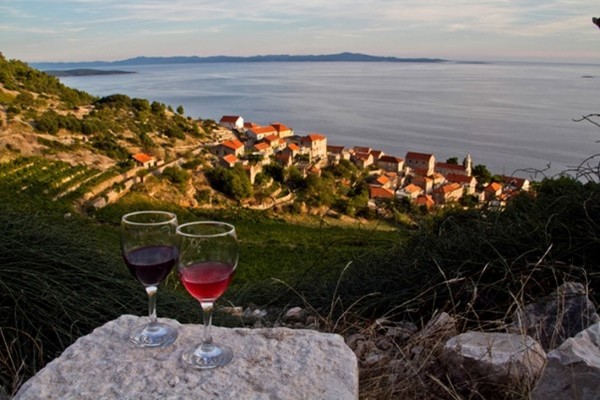
Kaštelet bijeli and Bogdanuša wines should be served chilly, around 10 C, and matched with Hvar seafood and grilled fish, but also with salted anchovies, baked meat, risotto and goat cheese.
In the next episodes we will continue to discover the renowned white Croatian wines, before moving on to the equally renowned red wines of this beautiful country.
글 | 에밀리아노 펜니지 Emiliano Pennisi
Sogang University lecturer of Italian language, Wine scholar and expert, He attended sommellier courses in Italy

